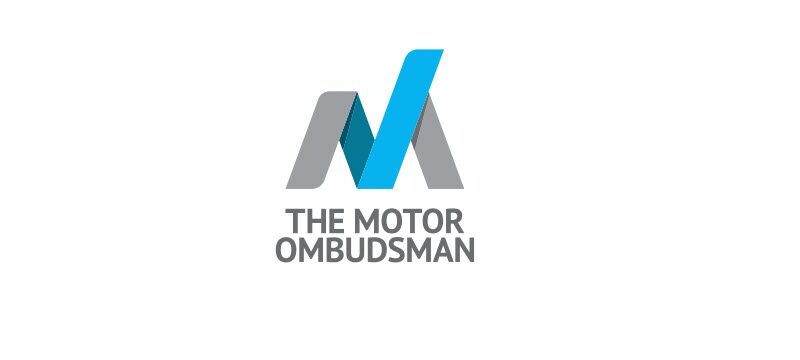What Is Motor Ombudsman Customer Concerns and Insights
In this article, we delve into some of the common customer reviews and concerns associated with the Motor Ombudsman, shedding light on areas where improvements could be considered. While the Motor Ombudsman plays a vital role in the automotive dispute resolution landscape, it’s essential to acknowledge that, like any entity, it may encounter challenges and criticisms. The problem is it’s just self regulatory body. We recommend not to accept any complaints without engineers report as most consumer assume the problem is present.
1. Customer Reviews: A Mixed Bag
A glance at customer reviews related to the Motor Ombudsman reveals a mix of experiences. Some consumers commend the organization for its assistance in resolving disputes, highlighting the professionalism of the adjudicators and the overall effectiveness of the process. On the flip side, others express frustration with perceived delays, lack of clarity, or dissatisfaction with the final outcomes.
2. Areas of Concern
a. Communication Challenges
Several reviews point to challenges in communication, with consumers expressing a desire for clearer and more transparent updates throughout the dispute resolution process. Improved communication strategies could enhance the overall customer experience and mitigate frustration.
b. Perceived Delays
Some consumers cite perceived delays in the resolution process, leading to dissatisfaction. Addressing and streamlining procedures to expedite certain aspects of dispute resolution may contribute to a more positive customer perception.
c. Expectation Management
Issues related to expectations arise in reviews, with some consumers expressing a gap between their expectations and the outcomes of the dispute resolution process. Implementing measures to manage expectations effectively could contribute to a more satisfactory customer experience.
3. Potential Areas for Improvement
a. Transparent Communication
Enhancing communication protocols to ensure customers are well-informed at each stage of the dispute resolution journey can foster trust and understanding. Clear explanations of processes, timelines, and potential outcomes could address some of the concerns raised in customer reviews.
b. Streamlined Procedures
Reviewing and streamlining internal procedures, especially those contributing to perceived delays, could be beneficial. Striking a balance between thoroughness and efficiency may result in a more timely resolution process.
c. Robust Expectation Management
Implementing measures to manage customer expectations from the outset can mitigate potential dissatisfaction. Providing comprehensive information about the potential outcomes and limitations of the dispute resolution process can contribute to a more realistic understanding.
4. Conclusion
While the Motor Ombudsman serves as a valuable resource for consumers navigating automotive disputes, customer reviews highlight areas that may benefit from refinement. By addressing concerns related to communication, delays, and expectation management, the Motor Ombudsman has the opportunity to further enhance its effectiveness and customer satisfaction. Striving for continuous improvement and transparency ensures that the organization remains a trusted ally in the complex landscape of automotive dispute resolution. Buying a Used Car In Scotland
The Importance of Engineers’ Reports in Automotive Complaints: A Consumer Guide
1. Understanding Engineers’ Reports
Engineers’ reports play a crucial role in objectively assessing the technical aspects of automotive issues. These reports are typically prepared by qualified and experienced engineers who specialize in the relevant field. When a consumer raises a complaint about their vehicle, obtaining an engineers’ report involves a thorough examination of the vehicle’s condition, identifying any faults or defects, and providing a professional opinion on the root cause of the problem.
2. Objectivity and Expertise
One of the primary advantages of engineers’ reports is the objectivity they bring to the assessment process. Qualified engineers are equipped with the expertise to analyse complex technical issues without bias. Their professional judgment adds credibility to the complaint resolution process, ensuring that decisions are based on a thorough and unbiased examination of the facts.
3. Substantiating Consumer Claims
Accepting complaints without engineers’ reports may leave room for ambiguity and subjective interpretation of the issues at hand. Engineers’ reports provide tangible professional opinion evidence and a detailed explanation of the vehicle’s condition, offering a solid foundation for substantiating consumer claims. This, in turn, strengthens the consumer’s position during dispute resolution processes or dismisses complaint at all as most claims are emotion based.
4. Facilitating Transparent Communication
Insisting on engineers’ reports fosters transparent communication between consumers, service providers, and regulatory bodies involved in dispute resolution. A comprehensive report ensures that all parties have a clear understanding of the technical aspects of the complaint, reducing the likelihood of misunderstandings and facilitating a more efficient resolution process.
5. Empowering Consumers
Encouraging ombudsman not to accept complaints without engineers’ reports where required as it would leverage and reduce not complaint claims from consumers. Consumers can review these reports, gaining valuable insights into the technical aspects of their vehicle’s condition. This level of involvement enhances consumer education about technical issues and ensures a more informed about their assumptions.
6. Seeking Professional Guidance
In cases where consumers encounter resistance in obtaining engineers’ reports, seeking professional guidance from automotive experts or legal advisors can be beneficial. These professionals can provide insights into consumer rights, regulatory standards, and the best course of action to ensure a fair and objective assessment before the complaint .
7. Conclusion
In conclusion, not accepting complaints without engineers’ reports is a proactive step that ombudsman can take to enhance the transparency, objectivity, and effectiveness of the automotive complaint resolution process. By prioritizing the role of qualified engineers in assessing and documenting vehicle issues, consumers contribute to a fair and informed resolution that aligns with industry standards and their rights as vehicle owners.
Buying a used VW. Buying used vauxhall, BMW, Jaguar, Ford, Volvo, Range rover, Bentley, Aston Martin, Porsche, Ferrari, Lamborghini, Maserati, Hyundai, Tesla, Honda, Pagani

